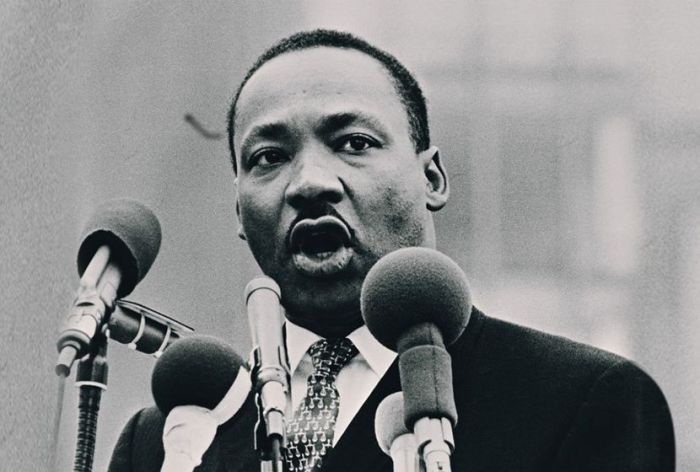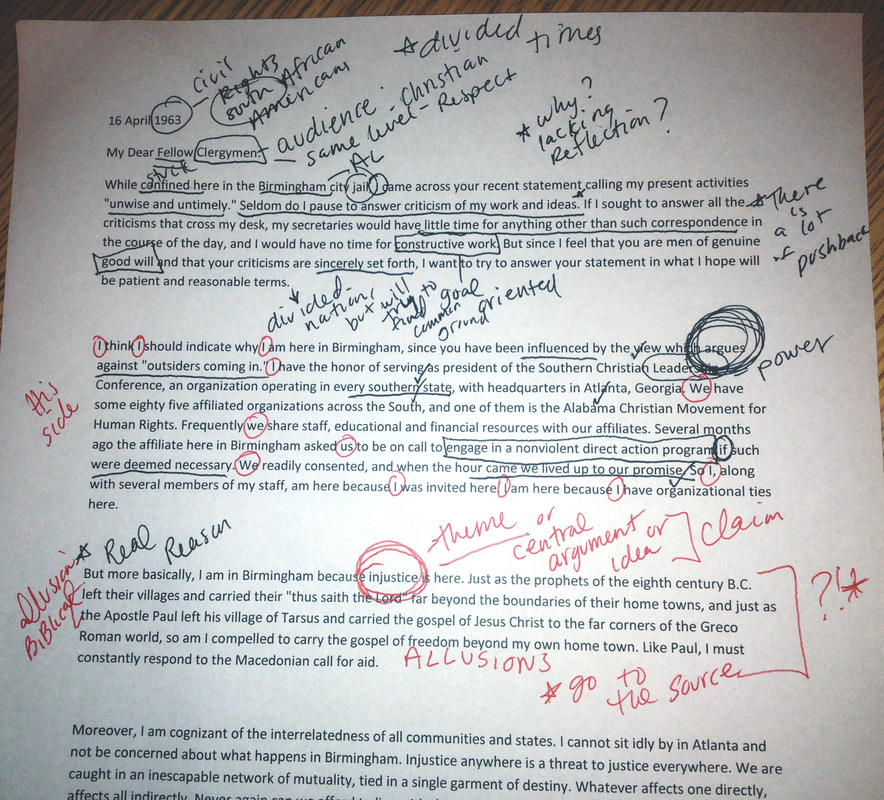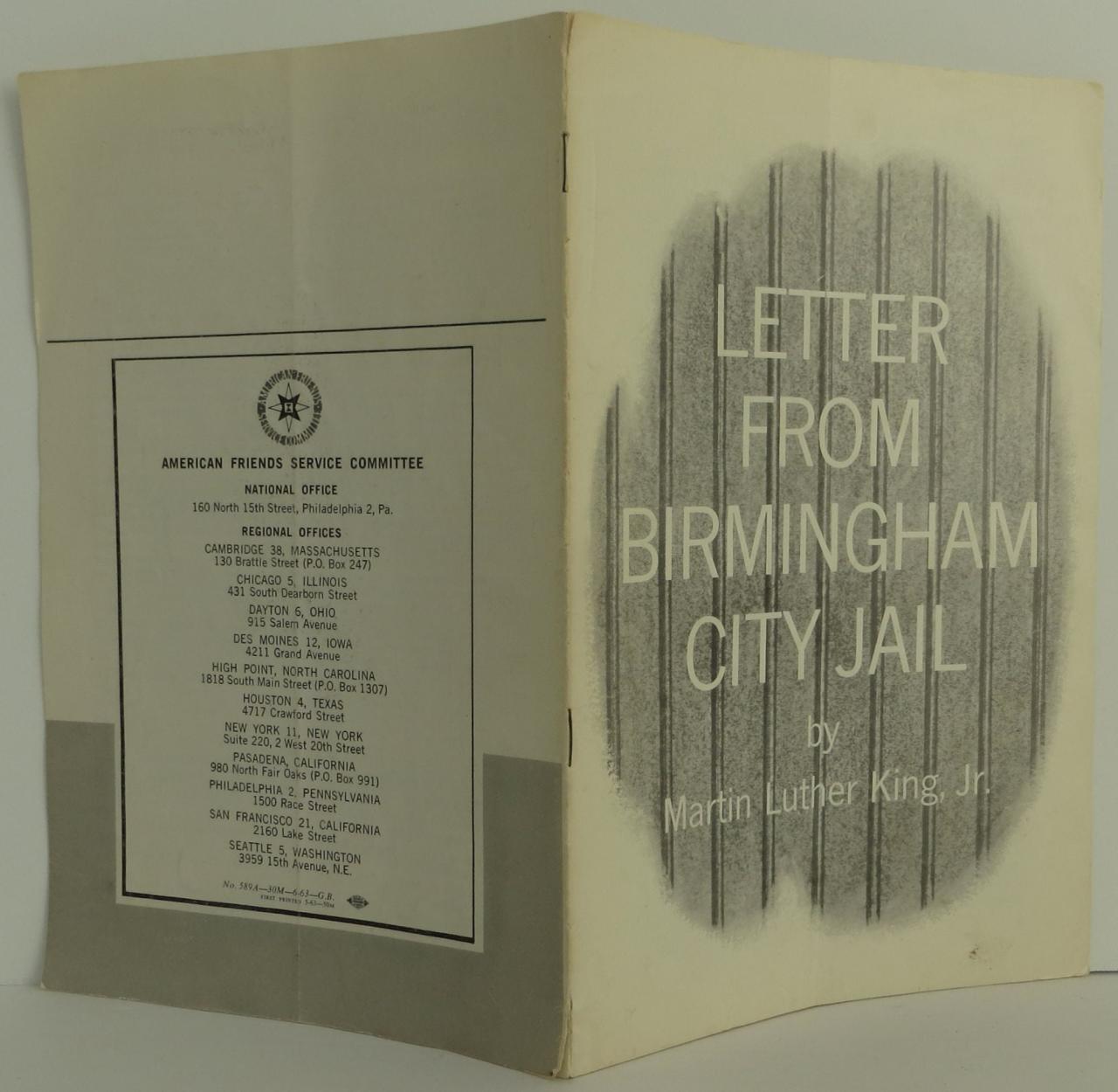The “Letter from Birmingham Jail Annotated for Rhetorical Devices PDF” is a comprehensive analysis of Martin Luther King Jr.’s seminal work, providing an in-depth examination of the persuasive techniques employed within the letter. Through an exploration of ethos, pathos, and logos, this annotated document sheds light on King’s masterful use of rhetoric to advocate for civil rights.
Delving into the historical context of the Birmingham campaign, the annotation contextualizes the letter’s significance within the broader Civil Rights Movement. It explores the impact of King’s arguments on the movement’s trajectory and the enduring legacy of his persuasive writing.
Rhetorical Devices
Martin Luther King Jr.’s “Letter from Birmingham Jail” is a powerful example of persuasive writing. King uses a variety of rhetorical devices to appeal to his audience’s emotions, logic, and sense of morality.
Ethos
Ethos refers to the credibility and trustworthiness of the speaker. King establishes his ethos by presenting himself as a reasonable and informed voice on the issue of civil rights. He cites his own experiences with segregation and discrimination, as well as his extensive knowledge of the history of the Civil Rights Movement.
Pathos, Letter from birmingham jail annotated for rhetorical devices pdf
Pathos refers to the use of emotional appeals to persuade an audience. King uses pathos throughout the letter to evoke sympathy for the plight of African Americans in Birmingham. He describes the brutality of police violence, the indignity of segregation, and the despair of those who have been denied their basic rights.
Logos
Logos refers to the use of logic and reason to persuade an audience. King uses logos to build a strong case for the justice of the Civil Rights Movement. He argues that segregation is morally wrong and that it violates the principles of the United States Constitution.
King’s use of ethos, pathos, and logos is highly effective in persuading his audience. He establishes himself as a credible and trustworthy voice on the issue of civil rights, he evokes sympathy for the plight of African Americans in Birmingham, and he builds a strong case for the justice of the Civil Rights Movement.
Historical Context

The “Letter from Birmingham Jail” was written in April 1963, during the height of the Birmingham campaign. The Birmingham campaign was a nonviolent protest movement led by Martin Luther King Jr. and the Southern Christian Leadership Conference (SCLC). The goal of the campaign was to desegregate Birmingham, Alabama, one of the most segregated cities in the United States.
The Birmingham campaign was met with fierce resistance from local authorities. Police used fire hoses and dogs to disperse protesters, and King and other civil rights leaders were arrested and jailed. It was while in jail that King wrote the “Letter from Birmingham Jail.”
The “Letter from Birmingham Jail” was a response to a statement by eight white clergymen who criticized King and the Birmingham campaign. In the letter, King defends the nonviolent tactics of the Civil Rights Movement and argues that segregation is a moral evil.
The “Letter from Birmingham Jail” was a turning point in the Civil Rights Movement. It helped to galvanize support for the movement and it inspired people around the world to join the fight for racial equality.
Argument Structure
The “Letter from Birmingham Jail” is a carefully crafted argument. King begins by establishing his ethos and defining the terms of the debate. He then presents his main arguments, which are based on the principles of justice, equality, and nonviolence.
King’s first main argument is that segregation is morally wrong. He argues that segregation violates the principles of the United States Constitution and that it is a form of oppression that dehumanizes African Americans.
King’s second main argument is that the Civil Rights Movement is justified in using nonviolent tactics. He argues that nonviolence is the most effective way to achieve social change and that it is consistent with the teachings of Jesus Christ.
King concludes the letter by calling on his audience to join the fight for racial equality. He argues that the time for complacency is over and that it is time for all people of good conscience to stand up for justice.
Tone and Style
The “Letter from Birmingham Jail” is written in a passionate and persuasive tone. King uses strong language to condemn segregation and to call for action. He also uses a variety of literary devices, such as metaphors, similes, and repetition, to make his message more effective.
The letter is also notable for its use of personal anecdotes. King shares his own experiences with segregation and discrimination, which helps to make his message more relatable and persuasive.
Rhetorical Strategies

King uses a variety of rhetorical strategies in the “Letter from Birmingham Jail” to enhance the effectiveness of his message. These strategies include repetition, parallelism, and the use of rhetorical questions.
Repetition is a powerful rhetorical strategy that can be used to emphasize a point or to create a sense of urgency. King uses repetition throughout the letter to emphasize the importance of nonviolence and the need for immediate action.
Parallelism is another effective rhetorical strategy that can be used to create a sense of rhythm and balance. King uses parallelism in the letter to compare and contrast the tactics of the Civil Rights Movement with the tactics of the white supremacists.
Rhetorical questions are questions that are asked for effect, rather than for information. King uses rhetorical questions in the letter to challenge his audience to think about the issue of racial equality.
Impact and Legacy

The “Letter from Birmingham Jail” has had a profound impact on the Civil Rights Movement and on American society as a whole. The letter helped to galvanize support for the movement and it inspired people around the world to join the fight for racial equality.
The letter is also a powerful example of persuasive writing. King’s use of ethos, pathos, and logos, as well as his effective use of rhetorical strategies, make the letter a timeless masterpiece.
Helpful Answers: Letter From Birmingham Jail Annotated For Rhetorical Devices Pdf
What are the key rhetorical devices used in the letter?
The letter employs a range of rhetorical devices, including ethos (appeals to credibility), pathos (appeals to emotion), and logos (appeals to logic).
How does King establish his credibility in the letter?
King establishes his credibility by citing his experience as a leader in the Civil Rights Movement and his commitment to nonviolent resistance.
What is the significance of the letter’s historical context?
The letter was written during the Birmingham campaign, a pivotal moment in the Civil Rights Movement. It reflects the challenges and tensions faced by activists at the time.